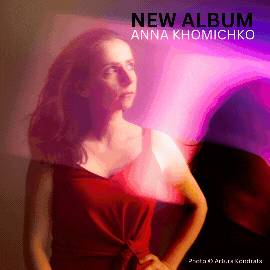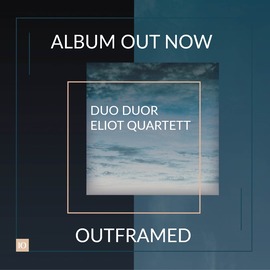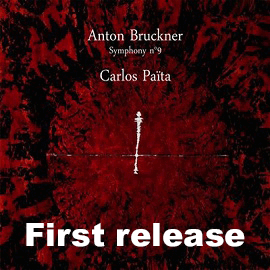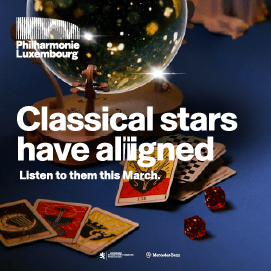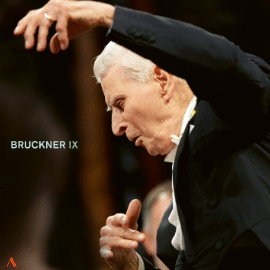Der kanadische Pianist Bruce Liu spielt Saties Gnossiennes Nr. 1-6 einmal auf einem normalen Konzertflügel, danach auf einem Klavier. Der Unterschied zwischen beiden Fassungen ist enorm. Der Flügel klingt raffiniert, elegant und sensuell, räumlich auch, das Klavier etwas stumpf, matt und gedrängt, sehr direkt. Unverständlich ist, dass das Aussteuerungsniveau im zweiten Durchgang viel höher ist als beim Flügel, so dass man, um richtig vergleichen zu können, den Lautstärkeregler zurückdrehen muss. Und selbst dann kann ich dem Klavierklang nicht viel abgewinnen, und ich ziehe den Flügel eindeutig vor. Der Zweck der Übung will mir daher nicht wirklich einleuchten. Das ist eine Marotte!
Also, beschränken wir uns auf die Interpretationen auf dem Flügel. Bruce Liu spielt die sechs Stücke recht einfühlsam und er versucht auch mit Veränderungen im Tempo, in den Farben und dynamischen Nuancen etwas zu erreichen, aber im direkten Vergleich bleibt er vielen Interpreten unterlegen, allen voran Thibaudet und Ciccolini, die weitaus fantasievoller spielen. Unter dem Strich ergibt sich nur ein großes Minus.
Canadian pianist Bruce Liu plays Satie’s Gnossiennes Nos. 1-6 first on a concert grand and then on an upright piano. The difference between the two versions is enormous. The grand sounds refined, elegant and sensual, also spatially, the upright a bit dull, gloomy and narrow, very direct. It is incomprehensible that the level in the second pass is so much higher than on the grand piano, so that you have to turn down the volume to make a proper comparison. And even then I can’t get much out of the piano sound, and I clearly prefer the concert grand. So the purpose of the exercise doesn’t really make sense to me. It’s a fad!
So let’s limit ourselves to the grand piano interpretations. Bruce Liu plays the six pieces quite sensitively and also tries to achieve something with tempo changes, colors and dynamic nuances, but in direct comparison he remains inferior to many interpreters, above all Thibaudet and Ciccolini, who play far more imaginatively. The bottom line is a big minus.




